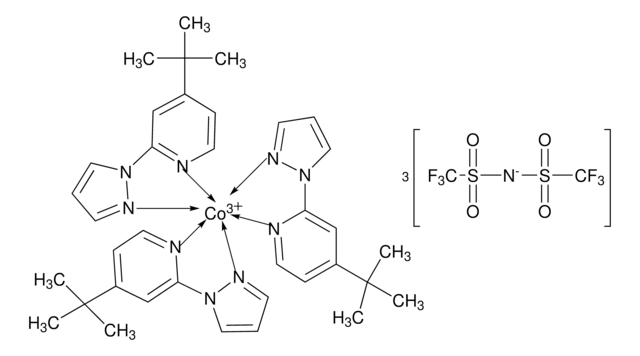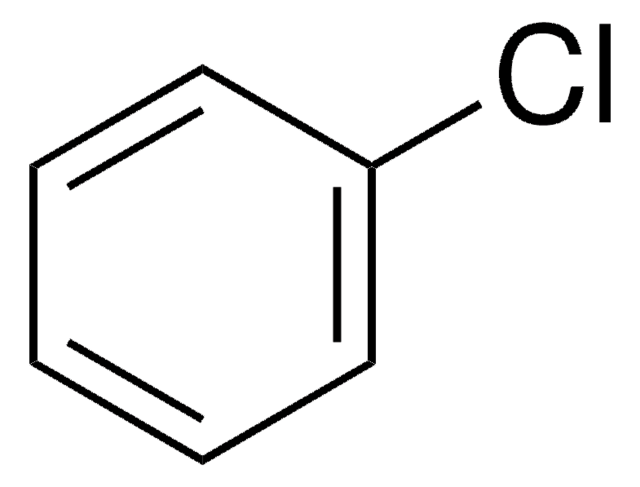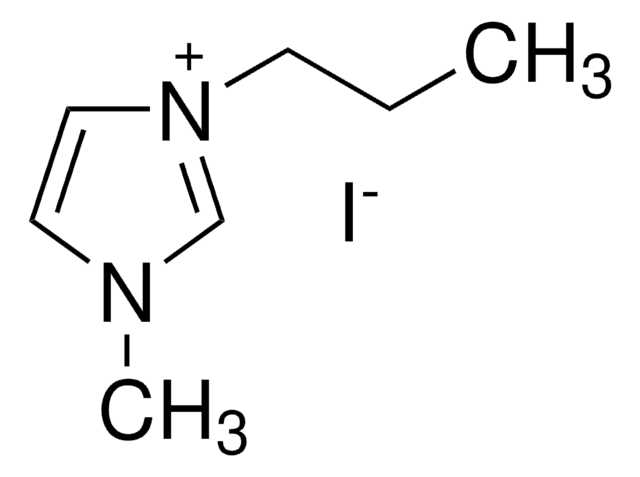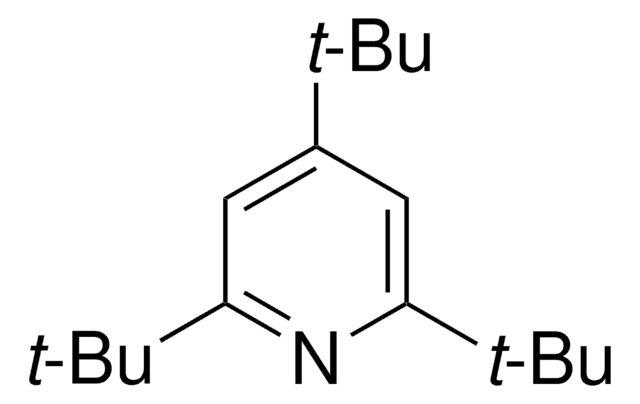142379
4-tert-Butylpyridine
98%
Synonym(s):
4-(1,1-Dimethylethyl)pyridine, p-tert-Butylpyridine
About This Item
Recommended Products
Quality Level
Assay
98%
form
liquid
refractive index
n20/D 1.495 (lit.)
bp
196-197 °C (lit.)
density
0.923 g/mL at 25 °C (lit.)
SMILES string
CC(C)(C)c1ccncc1
InChI
1S/C9H13N/c1-9(2,3)8-4-6-10-7-5-8/h4-7H,1-3H3
InChI key
YSHMQTRICHYLGF-UHFFFAOYSA-N
Looking for similar products? Visit Product Comparison Guide
Related Categories
General description
Application
Signal Word
Warning
Hazard Statements
Precautionary Statements
Hazard Classifications
Eye Irrit. 2 - Skin Irrit. 2 - STOT SE 3
Target Organs
Respiratory system
Storage Class Code
10 - Combustible liquids
WGK
WGK 3
Flash Point(F)
152.6 °F - closed cup
Flash Point(C)
67 °C - closed cup
Personal Protective Equipment
Choose from one of the most recent versions:
Already Own This Product?
Find documentation for the products that you have recently purchased in the Document Library.
Customers Also Viewed
Articles
Over the last decade, dye-sensitized solar cells (DSSCs) have attracted much attention because these unconventional solar cells exhibit high performance and have the potential for low-cost production.
Our team of scientists has experience in all areas of research including Life Science, Material Science, Chemical Synthesis, Chromatography, Analytical and many others.
Contact Technical Service









